In the pursuit of modernizing payment systems and future-proofing central banking in the digital age, central banks worldwide are exploring Central Bank Digital Currencies (CBDCs). CBDCs, as digital liabilities of central banks, hold the potential to revolutionize cross-border transactions, reshaping the dynamics of global finance. In that regard, the intricate relationship between CBDCs, capital flow management measures (CFMs), and the evolving landscape of cross-border transactions are well worthy of exploring.
CBDCs Paving the Way for Cross-Border Advancements
Cross-border payments, especially at the retail level, face inherent challenges such as sluggish processes and high costs. CBDCs, viewed as a "clean slate," have the potential to act as a catalyst for seamless cross-border payments. By introducing new networks designed for efficiency, CBDCs offer the promise of accelerating transaction speed and reducing costs, marking a significant shift in the realm of global transactions.
CBDCs, Cross-Border Payments, Interoperability, and Geopolitics: Navigating the Tangle
The prospect of utilizing CBDCs for cross-border transfers introduces exciting possibilities but also raises valid concerns. Potential risks include amplified capital flows among countries, swifter transmission of global shocks, and increased avenues for currency substitution in economically vulnerable nations. Striking a balance becomes crucial to harness the benefits of CBDCs without compromising macroeconomic stability.
In fact, the integration of CBDCs into the fabric of international transactions brings forth a tangle wire that policymakers, central banks, and stakeholders must carefully navigate.
Geopolitical Implications
The geopolitical landscape plays a pivotal role in shaping the trajectory of CBDCs and cross-border payments. The strategic positioning of countries in the digital currency arena can either foster collaboration or heighten tensions. As nations seek to assert their influence through CBDC adoption, the potential for geopolitical rivalries may intensify. Policymakers must tread cautiously to prevent CBDCs from becoming tools of geopolitical leverage.
Interoperability Challenges and Regulatory Harmonization
While CBDCs promise to streamline cross-border transactions, achieving interoperability remains a significant challenge. Diverse technical standards, regulatory frameworks, and varying degrees of technological sophistication among countries can impede seamless integration.
In what concerns regulations, harmonization across borders is crucial for the successful implementation of CBDCs in cross-border transactions. Divergent regulatory approaches can hinder interoperability and create regulatory arbitrage opportunities.
Security and Privacy Concerns
The intersection of CBDCs and cross-border payments amplifies security and privacy concerns. As digital currencies become conduits for international financial flows, safeguarding sensitive information and preventing illicit activities become paramount. Striking a balance between transparency, security, and user privacy poses a formidable challenge, demanding robust technological solutions and international agreements on data protection.
Strategic Alliances and Rivalries
CBDC adoption may pave the way for strategic alliances among countries seeking to align their financial interests. Conversely, it may exacerbate existing rivalries as nations vie for economic dominance. The diplomatic intricacies of CBDC-driven collaborations or conflicts can significantly impact the geopolitical landscape. Policymakers must navigate these dynamics to ensure CBDCs contribute to global financial stability rather than fueling geopolitical tensions.
CBDCs and CFMs: Navigating a Complex Landscape
Many countries presently employ CFMs to manage risks stemming from volatile capital flows. Logically, a pivotal question arises: Can a country effectively maintain CFMs alongside the integration of CBDCs? Exploring potential advantages and disadvantages compared to CFMs applied through traditional systems sparks a dialogue on the evolving nature of CFMs in the era of CBDCs.
A Framework for CFMs in the CBDC Ecosystem
To navigate this intricate landscape, a framework categorizing CFMs and an exploration of their potential implementation within the CBDC ecosystem is required. Designing CBDC ecosystems with the capability to incorporate CFMs becomes crucial, aligning with international agreements and adapting to the changing financial landscape.
Smart CFMs: Leveraging Technology for Efficiency
The programmability of payment infrastructure unlocks new possibilities for "smart CFMs." Certain CFMs could potentially be implemented more efficiently and effectively with CBDCs compared to traditional systems. These "smart CFMs" hold the promise of reducing costs associated with monitoring, compliance, and disclosure. However, the automated nature of these smart CFMs introduces operational risks, emphasizing the need for careful consideration and risk mitigation strategies.
Collaboration and Coordination: Keys to Success
Implementing CFMs on CBDCs necessitates collaboration among central banks, adherence to common practices, and the establishment of standards.
Coordination between different payment channels, including traditional systems, is crucial to avoid loopholes and maintain overall effectiveness.
Looking Ahead: Unresolved Questions and Future Explorations
Legal frameworks for smart CFMs, privacy concerns, operational risks, and the potential tokenization of assets are among the key areas that warrant continued exploration. The ongoing evolution of global finance requires adaptability and collaboration from central banks and policymakers in navigating this intricate landscape.
This article was written by Pedro Ferreira at www.financemagnates.com.
You can get bonuses upto $100 FREE BONUS when you:
💰 Install these recommended apps:
💲 SocialGood - 100% Crypto Back on Everyday Shopping
💲 xPortal - The DeFi For The Next Billion
💲 CryptoTab Browser - Lightweight, fast, and ready to mine!
💰 Register on these recommended exchanges:
🟡 Binance🟡 Bitfinex🟡 Bitmart🟡 Bittrex🟡 Bitget
🟡 CoinEx🟡 Crypto.com🟡 Gate.io🟡 Huobi🟡 Kucoin.




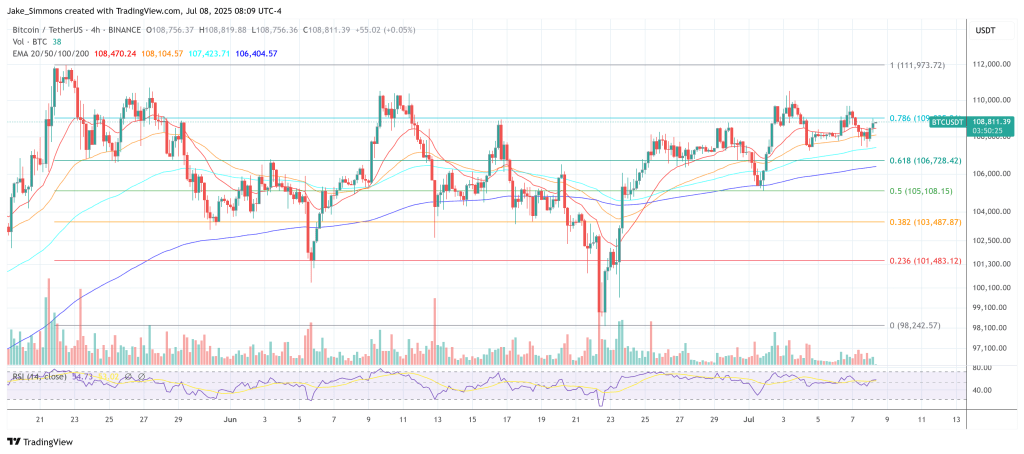
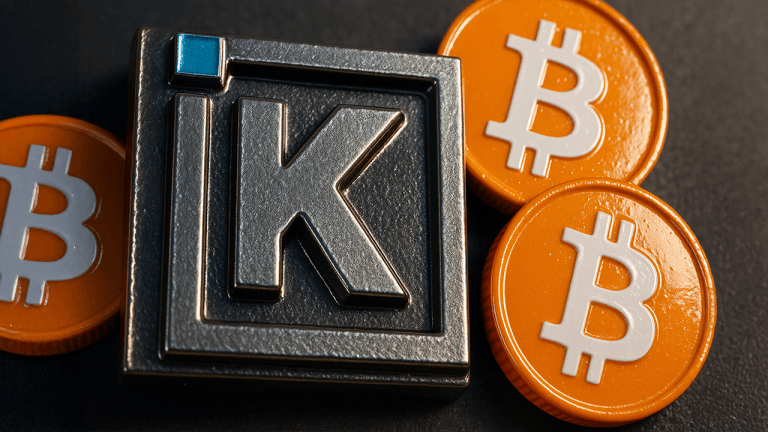


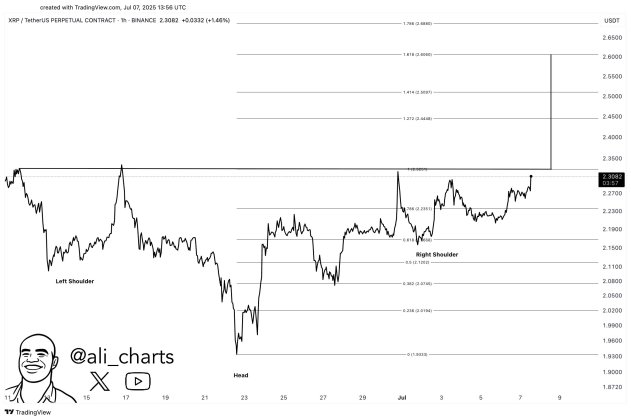




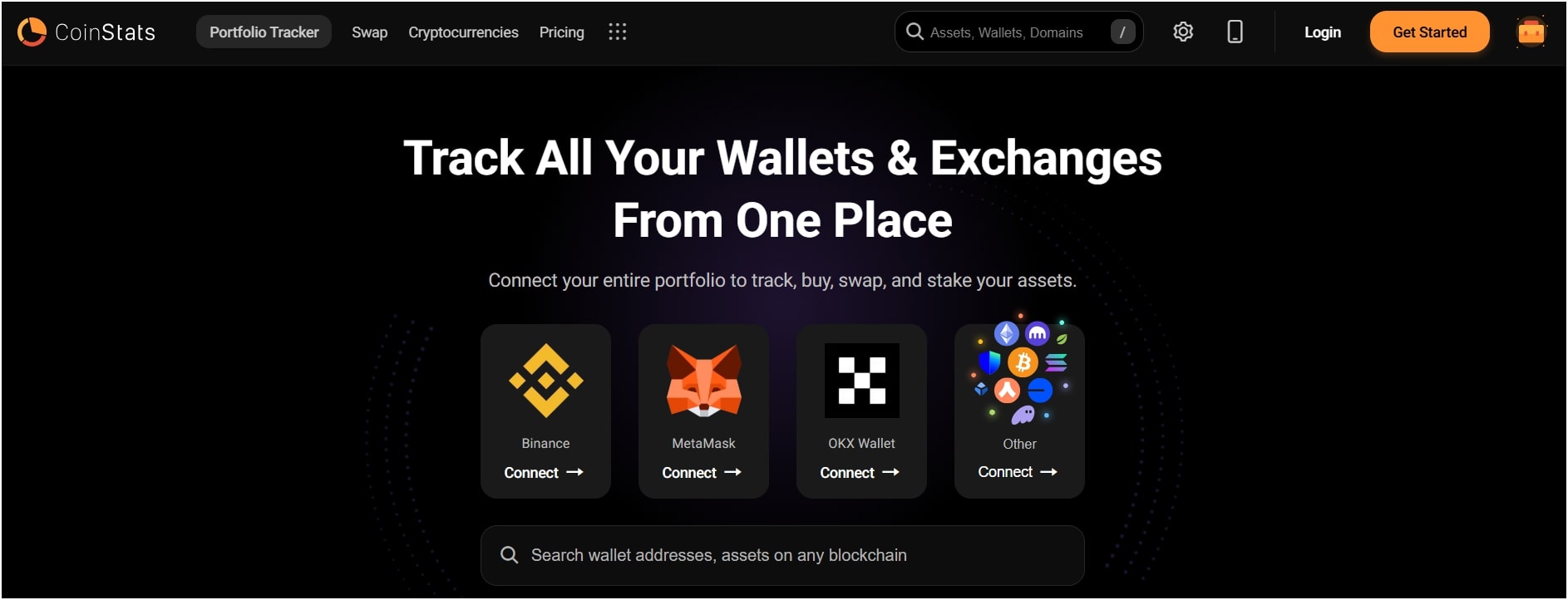

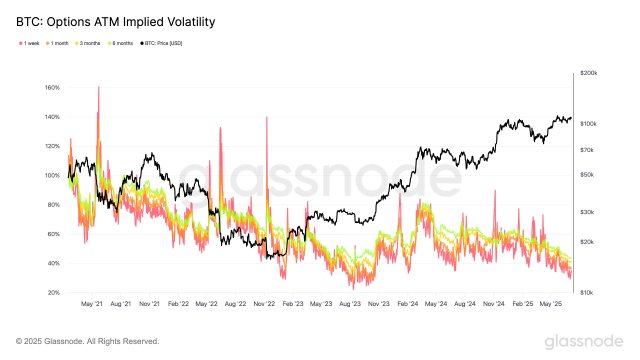
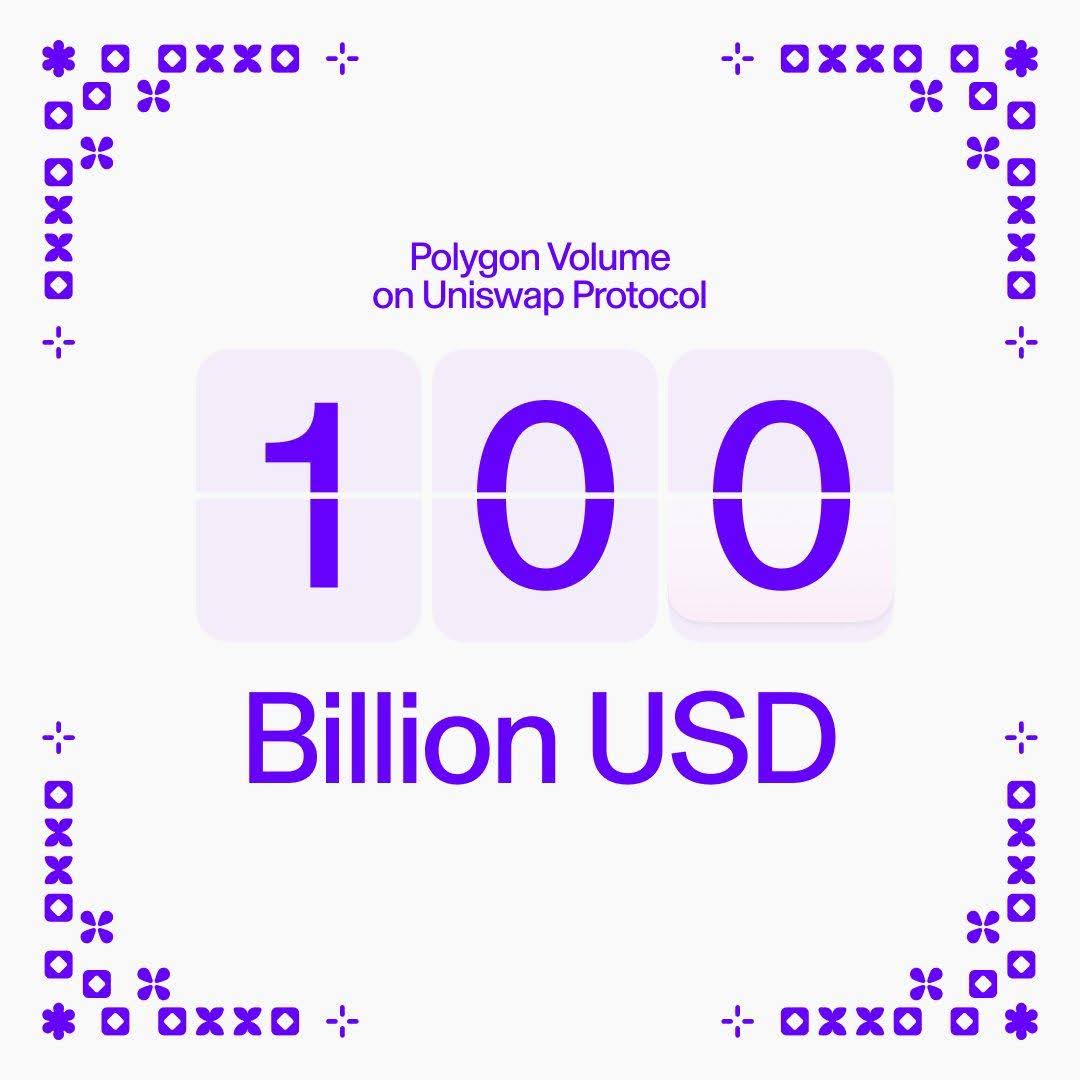
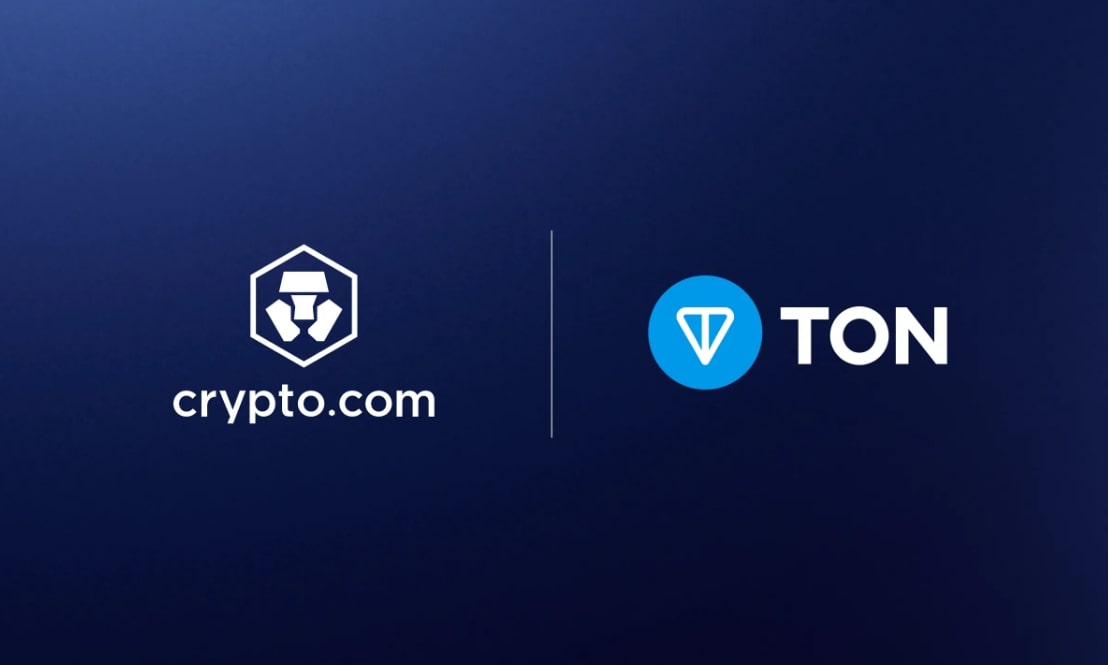


Comments